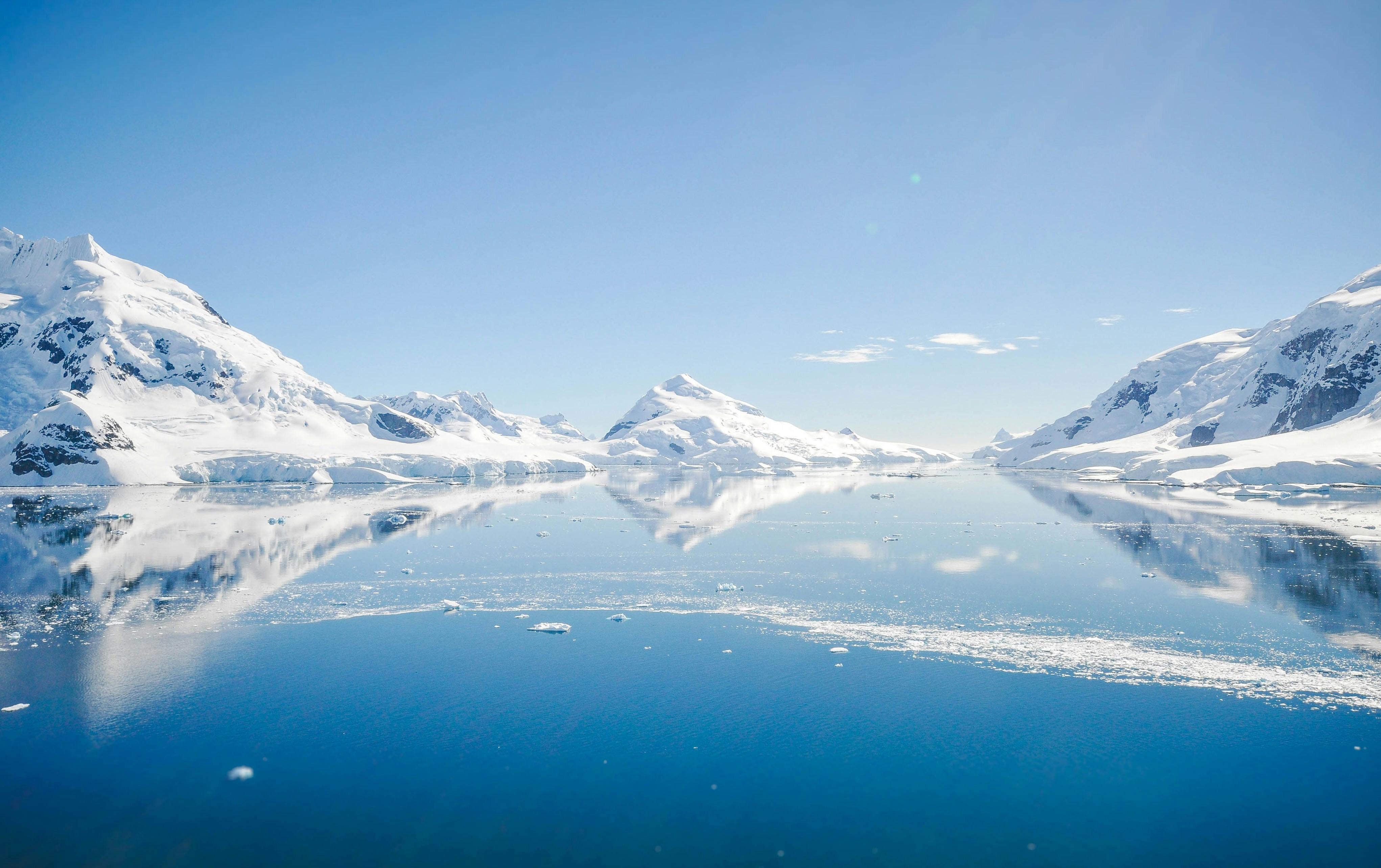Media release
From:
Climate change: Antarctic ice shelves threatened by ocean warming
Up to 59% of Antarctic ice shelves may be at risk of disappearing under high-emission scenarios by 2300, according to a comprehensive analysis of the effect of ocean warming published in Nature. This could result in up to 10 m of global sea-level rise. The modelling suggests that ice sheet losses would be much lower under a scenario in which warming remains below 2 °C, which underscores the urgency of pursuing low emissions to safeguard Antarctic ice shelves and coastal regions.
Under warming conditions, Antarctic ice sheets are melting at an accelerated rate, and becoming a major contributor to global sea-level rise. Ice shelves surrounding the sheets act as protective barriers by restraining ice flow into the ocean, but under increasing emissions they face thinning and collapse. Previous studies have assessed future ice shelf stability but often overlook ocean warming as a key driver of decline.
To better understand when and under what conditions ice shelves may lose structural integrity, Clara Burgard and colleagues conducted simulations that accounted for both ocean and atmospheric warming. The authors found that the point at which ice shelves become non-viable depends on the emissions scenario. Under low emissions, with warming kept below 2 °C by 2300, only 1 of the 64 shelves studied becomes non-viable, with risk increasing after 2250. By contrast, under a high-emission scenario with warming reaching nearly 12 °C by 2300, 38 (59%) Antarctic ice shelves become non-viable, which will potentially contribute to 10 m of sea-level rise. Most shelf decline would accelerate from 2085 and peak around 2170, with ocean warming identified as the primary driver.
The authors suggest that their estimate for ice shelf disappearance under the high-emission scenario is conservative, as collapse could also be triggered by damage, rifting, fracturing and calving. To mitigate future sea-level rise and preserve the structural integrity of Antarctic ice shelves and ice sheets, low-emission pathways must be prioritized. Improved data on ocean–ice interactions are also needed to enhance future modelling of Antarctic shelf stability.



 International
International



